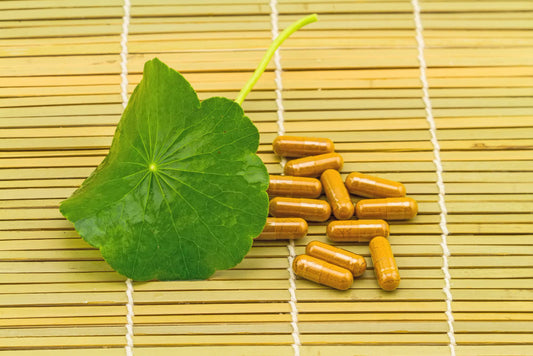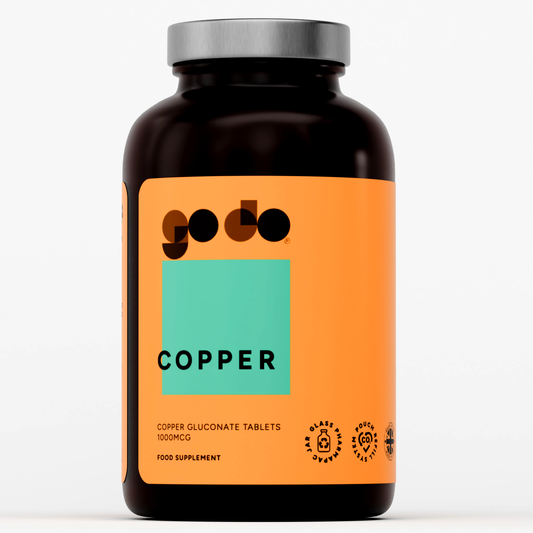
All living beings consume oxygen in order to digest and utilize dietary nutrients so as to yield energy for survival. Therefore, oxygen is a required component for living. It facilitates biochemical reactions that process the macronutrients (namely proteins, carbohydrates, and fats) to generate energy.
Despite the fact that oxygen is one of the most important elements to sustaining life, it is correspondingly a ‘double-edged sword’. What do I mean by this? Well, oxygen is an exceedingly sensitive atom that is quite capable of converting into a portion of potentially harmful particles generally called ‘free radicals’. These elements are able to attack the healthy cells of the body.
This may lead to damage, disease and severe disorders. Resulting cell injury produced by free radicals is believed to be a primary factor in causing ageing and illnesses like cancer, heart disease, deterioration in brain function, and the weakening of the immune system, among other things. Above all, these ‘free radicals’ have been associated with the origin and development of no less than fifty ailments.
Due to the fact that free radicals hold an unpaired electron, they are unbalanced, and thus they grasp electrons from other elements with the intention of deactivating themselves. Originally, this maintains the free radical, but produces one more in the process. Almost immediately, a domino effect initiates and thousands of free radical responses can happen within a matter of seconds of the first reaction.
A commonly mentioned term within the realm of antioxidants is ‘ROS’, or reactive oxygen species. Now, this term covers all extremely reactive, oxygen-accommodating particles, together with free radicals. There are numerous ROS, including the hydroxyl radical, hydrogen peroxide and the list goes on and on.
These are able to act in response to tissue lipids, nucleic acids (DNA), proteins, chemical messengers (enzymes), and additional small particles. These reactions lead to oxidative stress, which denotes an imbalance amid ‘pro-oxidants’ and antioxidant mechanisms. This, in turn, provokes unwarranted oxidative breakdown. The subsequent strain can be the result of a number of environmental issues, namely contact with contaminants, alcohol, medicines, contagions, poor nutritional habits, poisons, radiation, and the list goes on. The oxidative harm to one’s DNA, proteins, and supplementary particles may yield the aforementioned diseases and degenerative conditions.
Ordinarily, free radical development is controlled by various constructive compounds called antioxidants. An antioxidant is an element (vitamin, mineral, and other nutrients) that averts the destruction caused by free radicals and shields the body’s cells. When there is a shortage of these antioxidants, destruction due to free radicals can come to be cumulative and devastating. Accordingly, antioxidants are able to even out, or neutralize, free radicals before they bombard the body’s cells. Now, where do we find antioxidants? Well, they largely come from several nutrients in food. Vitamin C, vitamin E, and beta-carotene are amid the most frequently researched nutritional antioxidants. Going into more detail, vitamin C is the most significant water-soluble antioxidant in extracellular liquids. It helps in deactivating reactive oxygen species in the water or aqueous segment before they can assault the lipids. It is also capable of redeveloping vitamin E, which is a vital lipid-soluble antioxidant that defends the tissue fatty acids from oxidation. Beta-carotene likewise has
antioxidant qualities, which collaborates with vitamin E. Nourishment sources of vitamin C contain fruits and vegetables (particularly citrus fruits and green, leafy vegetables), like potatoes, tomatoes, broccoli and strawberries. Key sources of dietary vitamin E are whole grains vegetables, nuts (including peanut butter!), and whole grains.
Besides attaining antioxidants through nutritional means, the body itself also has fail-safe mechanisms (mainly enzymes) that can protect itself from ROS facilitated destruction. For these to function properly though, they require several micronutrients, namely selenium, iron, copper, zinc, and manganese.
Wow, that was a very technical article! So, what are the important points?
- An antioxidant is a substance (vitamin, mineral, and other nutrients) that avoids oxidative damage caused by free radicals.
- Free radicals are extremely reactive chemicals that frequently comprise oxygen. They are fashioned when particles are split to give yields that have unpaired electrons. This progression is called oxidation.
- Oxidative damage has a significant role in the development of heart disease, some cancers, and cataracts.
Bibliography
- Baechle, Thomas R., and Roger W. Earle. NSCA Essentials of Strength Training and Conditioning. 2rd ed. Champaign, Ill.: Human Kinetics, 2008.
- Benardot, Dan. Advanced Sports Nutrition. Champaign, IL: Human Kinetics, 2006.
- Campbell, Bill I., and Marie A. Spano. In NSCA's Guide to Sport and Exercise Nutrition. Champaign, IL: Human Kinetics, 2011.
- Mandal, Dr Ananya. "What are Antioxidants?" THE MEDICAL NEWS | from News-Medical.Net - Latest Medical News and Research from Around the World. Web. 11 Mar. 2013. <http://www.news-medical.net/health/What-are-Antioxidants.aspx>.
- Professional Guide to Diseases. 10th Edition. Philadelphia: Wolters Kluwer Health/Lippincott Williams & Wilkins, 2013.










